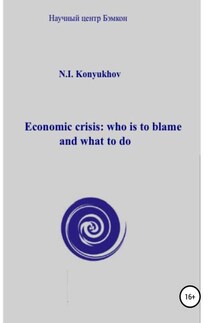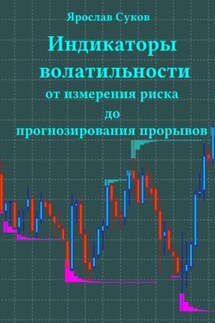Psychoeconomics: globalization, markets, crisis - страница 25
Currently there are significant differences in the rates and phases of psychoeconomic changes in the developed countries and the BRICS countries. And for now the psychoeconomic changes in the US and China are in relative antiphase. Nevertheless, the general tendency of globalization is related to synchronization of psychotypological and psychoeconomic changes in the world. In any case, change in the opinion of participants in the market when buying stock or material and non-material assets is becoming synchronized. The change of the psychotypes of the economically active population is also gradually being synchronized.
This synchronization most of all concerns those who buy stock or material assets. If the profit from such purchases becomes an important source of the existence of the entire country, then the culture, the entire country will move toward the culture of the financial establishment, toward hysteroid values.
If material production brings the main profit for now, then in a given country two cultures will form and co-exist. One among those people whose profit is derived primarily in the world financial market. This will be a circle of people oriented toward the culture of the world financial establishment. But at the same time there will exist in this country some portion of the elite, the economically active population, that is oriented toward the culture of the resonators, the organizers of actual production, to the culture of working people.
Meanwhile, the two cultures will co-exist in the leading countries of the world. One is oriented to the culture of the leading country (countries) of the world. It is accepted to call its representatives in national business the “comprador bourgeoisie.” Meanwhile it is common to call members of the business elite who are oriented toward the internal economy the “national bourgeoisie.” They form a distinct culture.
And this is not just values and behavior, this is culture in the broadest sense of the word – culture of production and trade, material and spiritual culture.
But if this is so, then the psychoeconomic processes that were observed in the US in relation to the occurrence of the psychoeconomic crisis should be reflected in the statistical data on the development of the world economy, both of individual countries and of the world as a whole, if it is on the path of copying the culture of the leading country.
This is true. Debt is increasing in most of the world’s countries that copy the economic relations of the US. The growth of debt for most countries in relation to the entire GDP and the psychoeconomic principles that derive from it are of the same type.
The similarity of the trend of many of the economic processes in the US, with world psychoeconomic processes merely suggests that they have a common determinant. We daresay that it is generally related to the psychotype of the economically active population and the agents of economic activity. Informed by the passions of the social motivators with hysteroid traits, they think about maximizing their profits with a tactical plan, that is, obtaining income here and now, with little foresight into strategic consequences.
Thus, extremely high prices for housing caused homeowner debt to grow, and the demand for housing dwindled for many years. Extreme prices for supplied goods led to the debt of governments and corporations and this began to disrupt the world economic order…The same people who made decisions on a massive scale about the growth of prices of delivered goods, raw materials, and services, they “hiked up” prices so that to purchase such goods became unprofitable or unjustifiably expensive… And this leads to the growth of debt of countries, corporations, households, to their destruction, to the fall in the profit of those corporations that purchase more through international trade than they sell. Thus, Japan, distinguished by the diligence and high level of professionalism of its workers, suddenly became a large international debtor at the beginning of the second decade of the twenty-first century.









